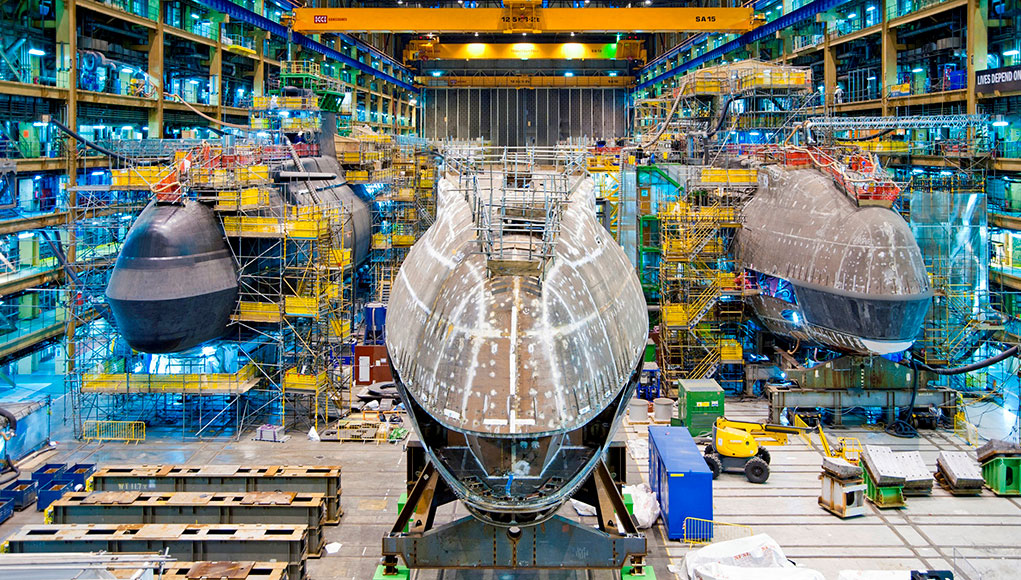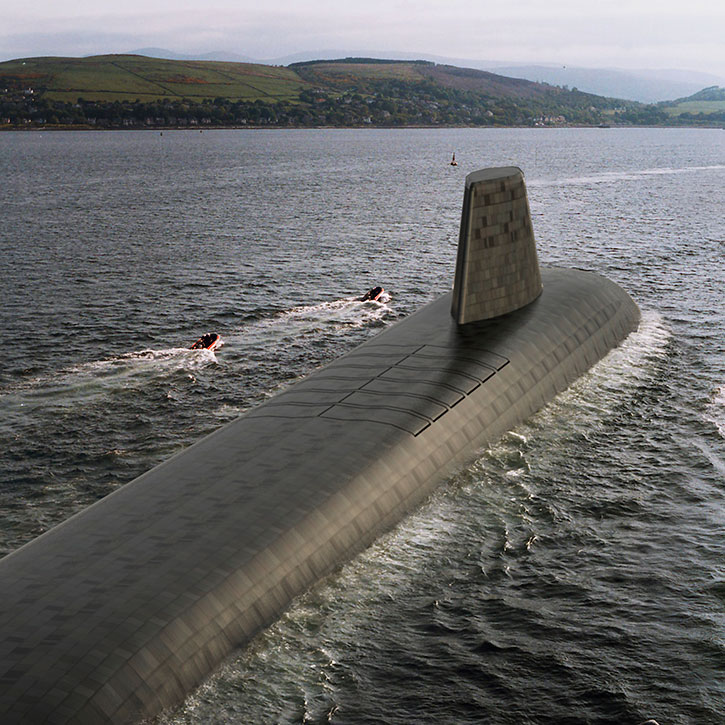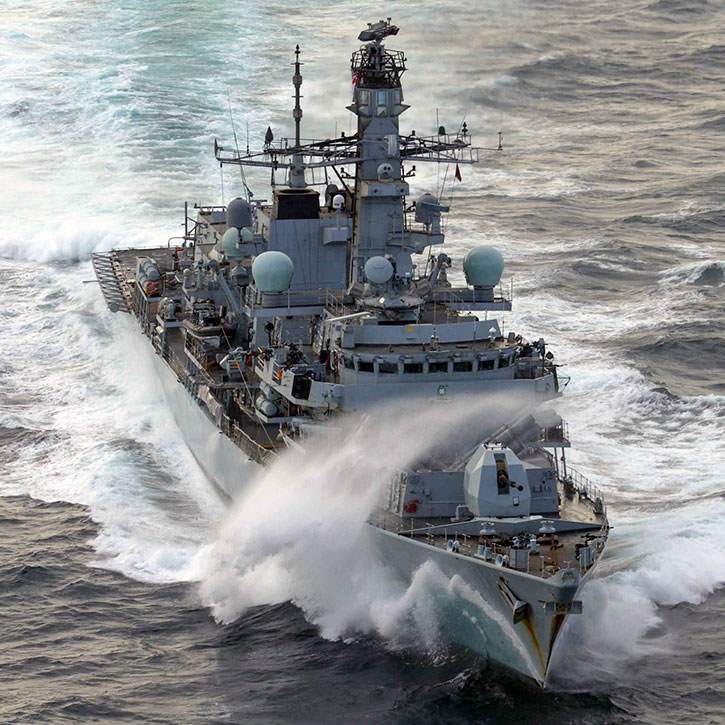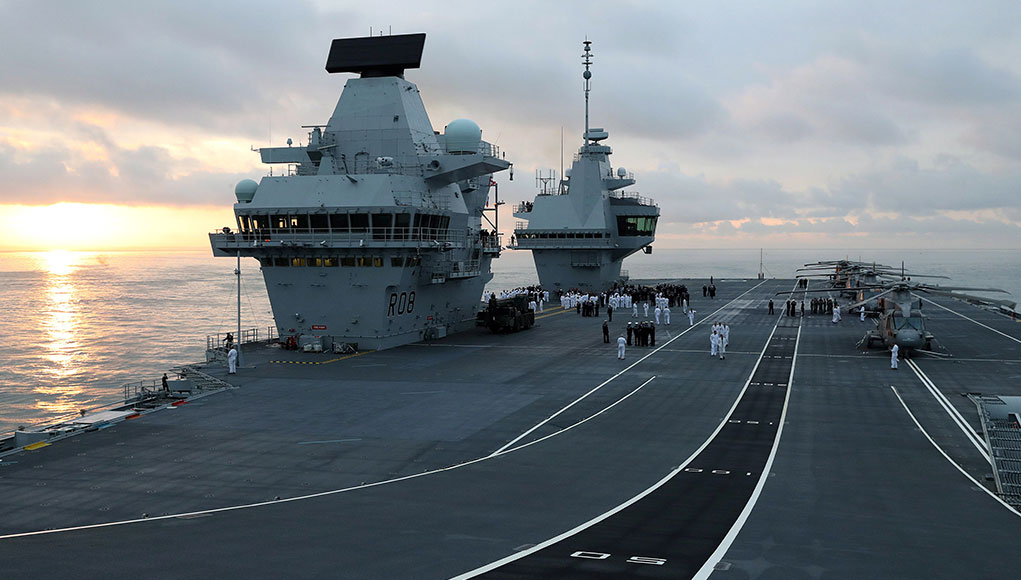2017 represents a turnaround year for the British Royal Navy. After years of budget cuts that resulted in diminishing the size and risk of obsolescence of maritime power, new investments, announced in the past two years are setting the pace for rebound. Construction of a new class of submarines, modern frigates, and ocean-going offshore patrol vessels are part of a £178 billion defense equipment plan recommended by the Strategic Defense and Security Review (SDSR) of 2015.
In addition to the new investments, two new aircraft carriers are being fielded, along with a wing of F-35B fighters and AEW helicopters, and nine P-8A maritime patrol anti-submarine aircraft – reinstating capabilities that were neglected in the lean years of the past decade. Improvements are also made in ship self-defense and counter-air capabilities, with the introduction of improved torpedoes and air defense systems.

With strategic interests vested in NATO, the Atlantic Ocean, Mediterranean Sea, the Arabian Gulf and the Indian Ocean, the Royal Navy flexes muscles across the seas to meet its responsibilities – keeping maritime security, counter piracy, stability and disaster response, operating as part of international and regional maritime forces.
As an island nation renewing its independent, international trading power, the Royal Navy is of critical value for Britain’s security, particularly following its departure from the European Union.
Political stability will be of utmost importance for this ambitious shipbuilding plan, as most of the investments in shipbuilding have been spent in Scotland, where aircraft carriers were built in Rosyth, and Offshore Patrol Vessels are under construction in Glasgow, where the future Type 26 will be built.

The submarine building is done at Barrow-in-Furness in Cumbria, North West England, where the Astute submarines are built and next generation Dreadnought class will be built in the next decade. Other constructions of support ships are contracted competitively from smaller shipyards in the UK and shipbuilders overseas.

The majority of military shipbuilding works is done at shipyards dedicated to military construction. Lack of competitiveness and lengthy procurement have led to increasing costs. An independent review of the UK shipbuilding strategy, published in 2016 recommends contracts for smaller vessels are also delivered to those shipyards, or competed internationally, to save costs. Critics in the UK recommend that some of the smaller vessels could also compete internationally, or with smaller shipyards in the UK, to save costs and improve efficiencies.
Following several acquisitions of local shipyards BAE Systems is the largest manufacturer of naval systems in the UK, the company designs build, repairs and upgrades surface ships, submarines, as well as torpedoes, radars, naval guns and command and combat systems. On different programs, the company established alliances with main subcontractors, for example, Babcock, Rolls Royce and Thales, to name a few.
- Carriers Revival
- Modernizing the Submarine Fleet
- New Frigates and OPVs Replacing the Older Generations





















